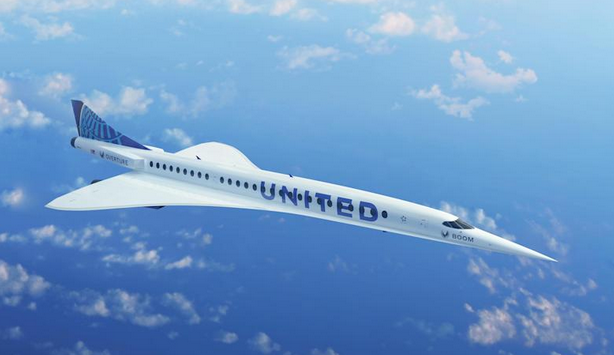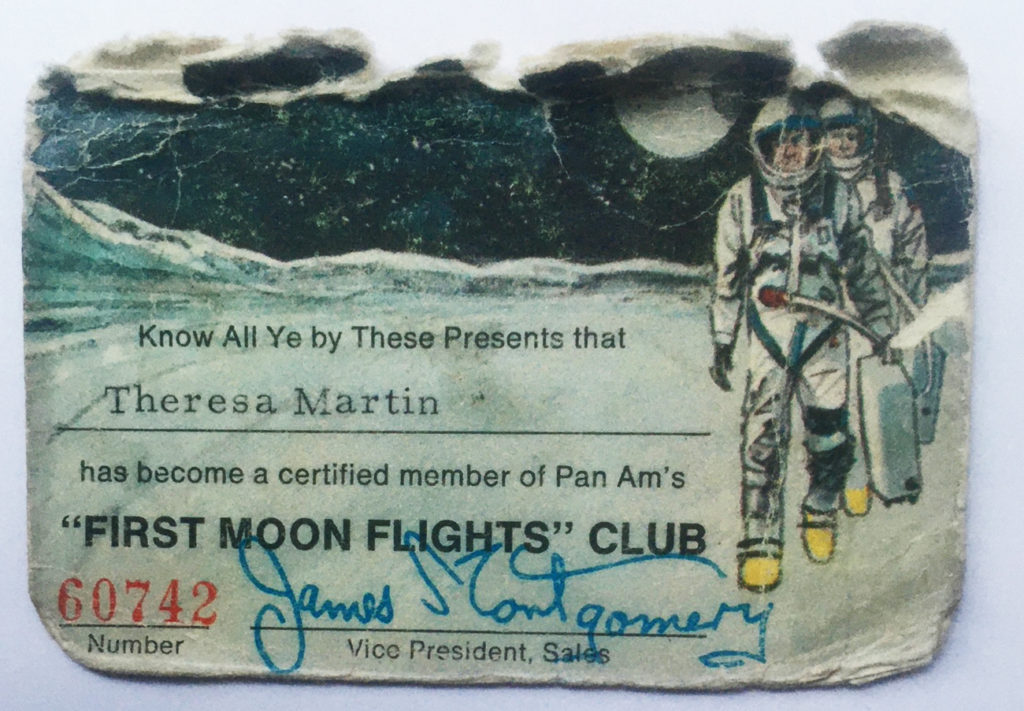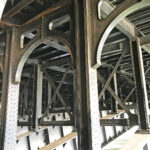June 3, 2021. Supersonic Hoopla

The future, or just a fantasy?
On Wednesday, United Airlines put out teasers about an important announcement to be made early the next day. Nobody seemed to know, and I went to bed wondering. Are they buying jetBlue? Are they launching another slew of long-haul routes to Africa? Are they reversing course on that abominable new livery?
The answer, which left me more than a little bemused over my coffee on Thursday morning, is a proposal to purchase up to 50 supersonic airplanes from an upstart manufacturer called Boom. The plane, under development, is intended to be a net-zero carbon-emission aircraft, and will run on 100 percent sustainable aviation fuel. It’s slated for test flying by 2025 and entry into commercial service by 2029. United will take 15 of them, with orders for up to 35 more.
The travel blogs were instantly abuzz with the news, as was the mainstream media. Which is maybe the whole point? Not to spoil the party, but the whole thing reminds me of the time in the late 1960s when Pan Am began selling tickets to the moon.
Okay, it’s not quite as far-fetched, but this is perhaps more of a publicity stunt, or a ham-handed attempt to inflate Boom’s stock price, than a hard and fast plan. Ordering a yet-to-exist supersonic plane is a lot more of a Hail Mary than, say, leasing some additional 787s, and the timeline that United and Boom have put out there is optimistic at best — assuming it happens at all.
Not that there isn’t a market for such a machine, if the costs, and subsequent fares, can be kept within reason. New York-London, Los Angeles-New York, Los Angeles-Tokyo; any number of pairings could support such a service. Potentially. Maybe. Possibly. Define “within reason.” You’re essentially cutting flight times in half. Are enough high-end passengers going to shell out thousands more to fly somewhere in three hours instead of six? Long-haul, premium-class travel is already exceptionally luxurious. How much are those saved hours worth?
And keep in mind, there’s a reason why commercial aircraft today — even the most expensive and most sophisticated ones — travel at more or less the same speeds as they did 50 years ago. Supersonic planes are vastly different than the subsonic kind, and the border between subsonic and supersonic is not an aerodynamic triviality. In a poor man’s version of Einstein’s speed-of-light conundrum, the required energy increases dramatically as you near the threshold. This requires some intensely serious engineering and, one way or the other, lots of fuel. That the Concorde, which took billions to develop, looked nothing like any other plane, was more than a quirk of design, as were its ghastly operating costs. And despite all of its promise, only two carriers ever took delivery of one.
More power to Boom, so to speak. But it won’t be easy.





